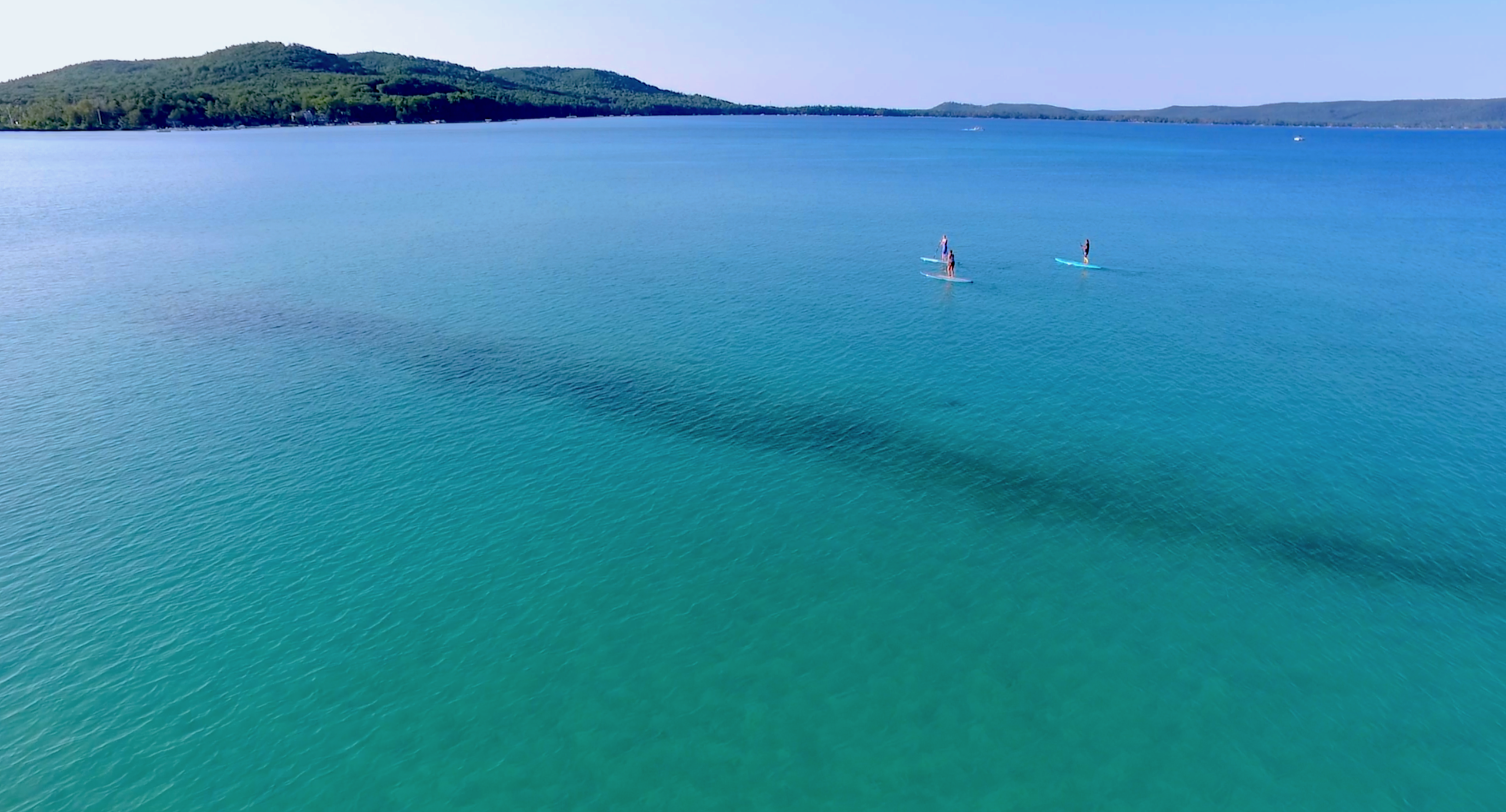
GLA, in partnership with Zero Gravity, LLC and owner Dennis Wiand, now has the 2019 shoreline survey data available for analysis. In today’s world, drone technology has proven to be very helpful in benchmarking our shoreline as well as helps us learn critical information about shorelines of the Glens and Fishers as well as the Hatlem Creek sub-watershed.
Using high resolution imagery and from a “birds eye view,” those shorelines will again be evaluated in a variety of ways and noting the changes from our first survey done in 2017. What will we be looking for? More than you might think!
We will be looking for evidence of shoreline erosion, measuring shoreline buffer health, finding locations for invasive plants– both aquatic and land-based– and riparian practices that play out in both good and not so good ways as it relates to our lake health.
For example, looking for what works best for lake health, we like to count how many riparians are using lake water irrigation for their shoreline buffer, hoping to find that there are more systems being used now compared to two years ago. In this case, the more systems the better versus using well water to feed your irrigation system. Remember, using a lake water irrigation system eliminates the need for fertilizers in our sandy soils, and protects our groundwater that ultimately feeds our lake.
Another example of looking at the data is to find the locations where there are engineered sea walls made of wood, steel, or concrete. Our hope is that we will see fewer sea walls this year compared to two years ago. Engineered sea walls are not the best way to protect your shoreline from erosion and more lake friendly choices are available for your consideration.
The GLA would also like to monitor our aquatic gardens for the presence or absence of aquatic invasive plants. We are keenly interested in how the size of aquatic gardens have changed. All lakes depend on aquatic gardens to produce needed oxygen in the water so life can flourish, so monitoring the area they occupy is important as we evaluate the health of our lake.
Stay tuned in future emails about what the 2019 shoreline survey data will reveal. In some cases, the data may affect you directly or in other cases it may serve as a way for you to learn more about not only your shoreline, but what is happening around all the other neighboring shorelines.
Click here to take a personal shoreline survey and find out how you measure up to being “lake friendly.” www.mishorelandstewards.com
Recent Comments